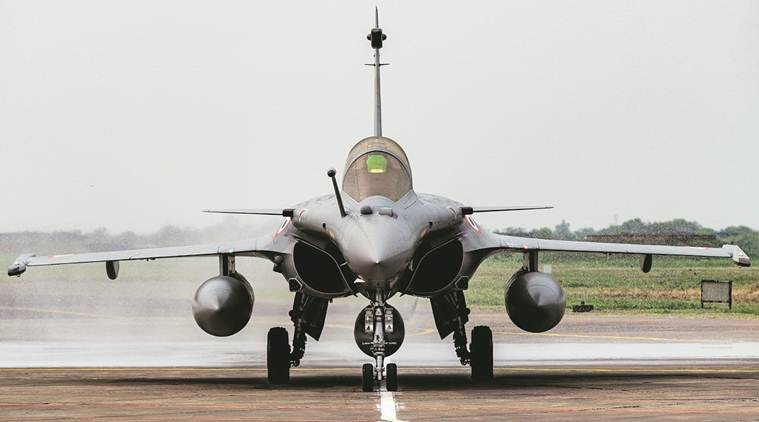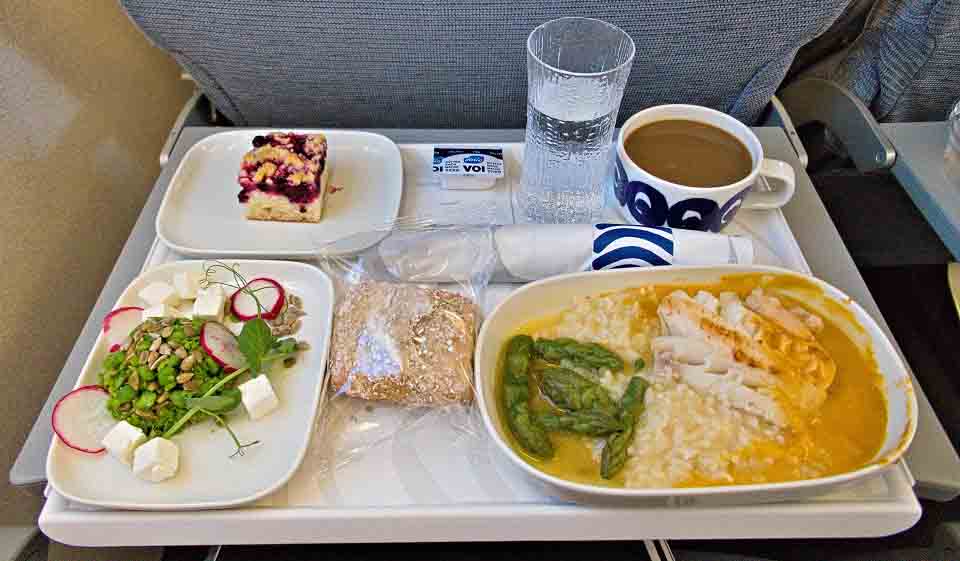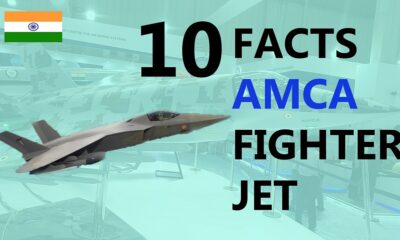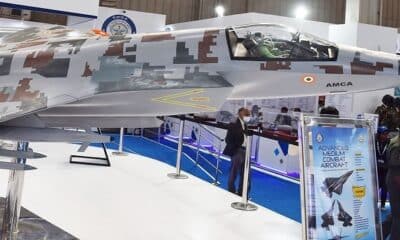Aviation
French Safran to set-up engine MRO in India, offers to partner AMCA project.

Safran, a major manufacturer of aircraft engines in France, is almost ready to announce MRO for commercial engines in India. As part of its offset commitments, French aircraft engine giant Safran is getting ready to announce the opening of an MRO facility in India for commercial aircraft engines with leading edge aviation propulsion (LEAP). Tomorrow when Safran CEO Olivier Andres visits Indian Civil Aviation Minister Jyotiraditya Scindia, the MRO facility, said to be headquartered in either Hyderabad or Bengaluru, is expected to be announced.
The MRO state of the art facility will be established through a 100% Indian subsidiary route and will service not only the 330 engines used by Indian commercial carriers but also Service the engines from other Safran-GE joint venture nations like South Asia, West Asia, and Africa. With intentions to eventually expand into MRO of military engines used in Indian Air Force Rafale and Mirage 2000 aircraft to forward the “Atmanirbhar Bharat” agenda, SAFRAN is bringing in USD 150 million in foreign direct investment for the facility. The French business is India’s top supplier of helicopter engines and provides the M88 engines for the 26 Rafale multirole aircraft that the IAF recently acquired.
Aside from the MRO facility, the French company has also proposed to the Indian government to co – develop a brand-new, cutting-edge 110 kilo newton thrust engine with the DRDO’s Gas Turbine Research Establishment (GTRE) for India’s advanced medium combat aircraft twin-engine AMCA fighter project. According to a defence expert, the price per engine for 400 engines will equal between 10 and 12 million euros, which is what we currently spend for engines. If we have 6-7 squadrons, it will be for 400 engines, which is what we would need for twin engine AMCAs.
The French company believes that if the co-development process is completed this year, the new 110 KN engine may be certified by 2035. A total of five to six billion euros will be invested in co-developing the 110 KN engine. The Safran offer includes a performance guarantee and transfers all necessary technology for design, development, production, and support, in addition to developing a strong industrial aero-engine ecosystem in India. The DRDO is also considering using a GE-414 engine to power the AMCA project as a replacer.
The Kaveri aero-engine, which was first created to power Tejas LCA fighters, has been under development by the GTRE since 1996. However, as the LCA is now powered by GE-404 engines, the engine was disconnected from the Tejas programme.

Aviation
Can Airline Seat Cushions Be Used As Life Jackets?

In the event of an aircraft ditching into water, there’s a common question: Can aircraft seats serve as an alternative to life jackets for flotation? The answer lies in understanding their respective functions.
While seat cushions can provide some buoyancy in water, they are not intended nor certified to function as life jackets. Their primary purpose is to offer cushioning for passengers during flight. On the other hand, life jackets are meticulously engineered to keep individuals afloat in water, equipped with buoyancy materials, secure straps, and reflective elements for visibility. They offer numerous advantages over mere cushions.
While a seat cushion might offer temporary assistance in staying afloat, it’s not a dependable substitute for a proper life jacket during an emergency. It’s crucial to utilize approved safety equipment when near bodies of water. A life jacket, designed to keep a person buoyant for extended periods, offers the rigidity needed for prolonged flotation and allows for easy movement of the arms to navigate effectively.
What fabric is used in aircraft seats?
Seats are meticulously designed to fulfill multiple purposes, ensuring passenger comfort, safety, and protection from unforeseen circumstances like fires and accidents. A typical design incorporates an aluminum frame with blocks of polyurethane foam affixed to it. Additionally, a layer of fire-resistant fabric, such as Kevlar or Nomex, is often applied over this framework, topped with a layer of cloth or leather.
Leather seats, while luxurious, are more expensive compared to traditional cloth seats. The majority of fabrics used in seat upholstery contain at least 90% wool fiber, with the remainder typically consisting of polyamide (nylon). Wool stands out as the primary fiber chosen for commercial airline seating fabric due to its desirable properties and suitability for such applications.
What is the lightest economy seat?
In recent times, airlines have been downsizing seat dimensions to accommodate more passengers, resulting in reduced cushion length and leg space. This contrasts with earlier times when airlines offered more generously cushioned seats and ample amenities.
According to Recaro Seats Company, their SL3710 model represents the lightest economy class seat available, weighing in at a mere 8 kg (17.6 lb.), setting a new standard in aircraft seating.
For individuals weighing more than 350 pounds, fitting into a standard economy-class seat can be a challenge due to the narrower dimensions. Economy seats, also referred to as “coach,” “standard,” or “main cabin” seats, typically range from about 40 to 48 centimeters in width, further emphasizing the need for more accommodating seating options.
Aviation
Does airline food have more salt? Here is the answer.

Whenever you fly with an airline, you often notice that the taste of the food is different from what you’re accustomed to on the ground. While passengers sometimes prioritize the food experience, have you ever wondered why airline food tends to be saltier? Let’s delve into this in the video.
Airline food has 15% more salt
One of the main challenges for chefs crafting meals served on airplanes is ensuring they are flavorful for passengers. To achieve this, chefs typically add more salt and seasoning, roughly 15% more salt is used, given that our taste buds are less sensitive by about 30% when we’re airborne.
The Role of Sodium: Sodium is a key ingredient used to enhance flavor, especially in the air where our senses can be dulled. On average, airline meals contain over 800mg of sodium, exceeding 40% of the daily limit recommended by the World Health Organization.
Altitude Alters Perception
Flavors are perceived differently at higher altitudes due to the dry cabin air and low humidity levels, which can diminish our ability to taste and smell. To compensate, airline chefs amp up the salt and seasoning to elevate the food’s taste.
Airline’s food Preservation:
Airline meals are prepared in advance and stored, necessitating longer preservation times. Salt serves as a natural preservative, ensuring the food maintains its quality and safety during storage and transportation.
However, excessive salt intake can pose health risks such as high blood pressure and dehydration, particularly problematic during air travel. Therefore, it’s crucial for airlines to strike a balance between flavor enhancement and maintaining a healthy sodium level in their meals.
An Indian content creator and food analyst discovered that the Indian-based carrier, IndiGo Airlines, incorporates higher levels of salt into its meals compared to standard food practices. According to him, “Many of us are aware that Maggi is high in sodium! What most don’t realize is that IndiGo’s Magic Upma contains 50% more sodium than Maggi, IndiGo’s Poha boasts approximately 83% more sodium than Maggi, and even Daal Chawal matches Maggi’s sodium content.”
Airlines
Why Don’t Airplanes Fly Over the Pacific Ocean?

Flights do indeed fly over the Pacific Ocean, but the routes they take are often determined by factors such as airline policies, air traffic control decisions, and weather conditions. The Pacific Ocean is one of the largest bodies of water on Earth, and it’s regularly crossed by numerous flights traveling between North America, Asia, Australia, and other destinations.
However, some specific routes might avoid flying directly over certain parts of the Pacific Ocean for various reasons. For example:
- Safety and emergency considerations: While modern aircraft are equipped with advanced safety features, airlines, and pilots may prefer routes that keep them closer to potential diversion airports or within range of search and rescue facilities in case of emergencies.
- Air traffic control restrictions: Airspace management authorities may impose certain restrictions or preferred routes for managing air traffic efficiently. These restrictions could be based on factors such as military operations, airspace congestion, or diplomatic considerations.
- Weather conditions: Pilots and airlines consider weather patterns when planning routes. While the Pacific Ocean generally experiences fewer weather-related disruptions compared to other regions, factors like turbulence, thunderstorms, or tropical cyclones can influence route selection.
- Managing Cost Factors: In route planning, airlines have to take fuel prices, maintenance costs, crew charges, and other operating costs into account. Direct routes over the Pacific Ocean may be more cost-effective for shorter distances, but they may also necessitate extra safety precautions, including carrying more fuel for longer overwater operations.
- Remote Locations and Navigational Challenges: The Pacific Ocean’s vastness poses navigational issues, particularly for aircraft operating over isolated regions with few ground-based navigational aids. For precise positioning and route direction, pilots must mostly rely on satellite-based technology and onboard navigation systems, which may necessitate additional training and equipment purchases.
- Lack of Suitable Landing Options in the Pacific Ocean: Unlike regions with dense air traffic and numerous airports, the Pacific Ocean has vast stretches of open water with few suitable landing options in case of emergencies. While long-range aircraft are equipped with safety features like life rafts and emergency locator transmitters, the lack of nearby airports can increase the time it takes for rescue and recovery operations to reach distressed aircraft, posing additional risks to passengers and crew. Therefore, flight routes may be planned to ensure proximity to potential diversion airports or alternate landing sites in case of unforeseen circumstances.


























